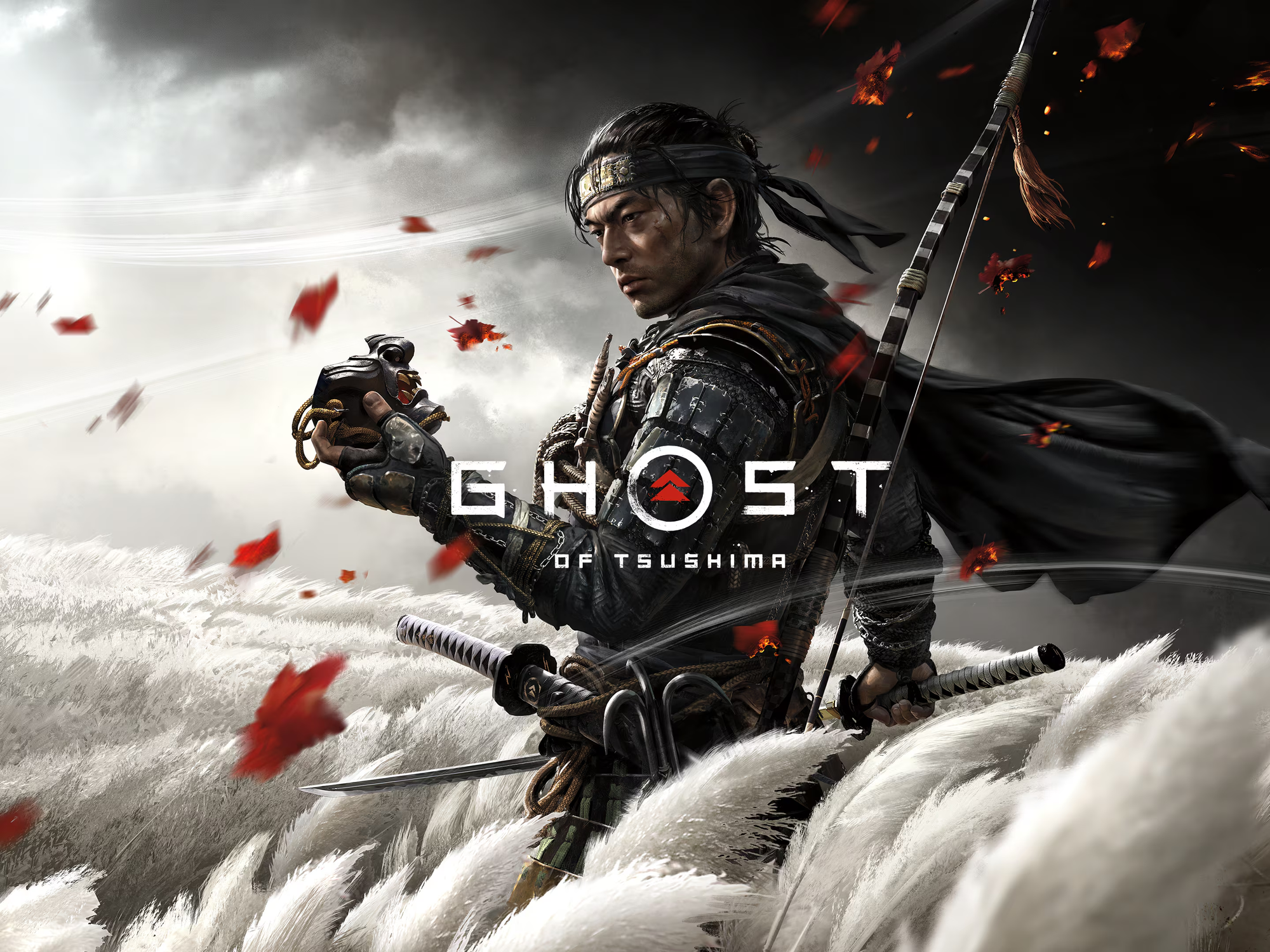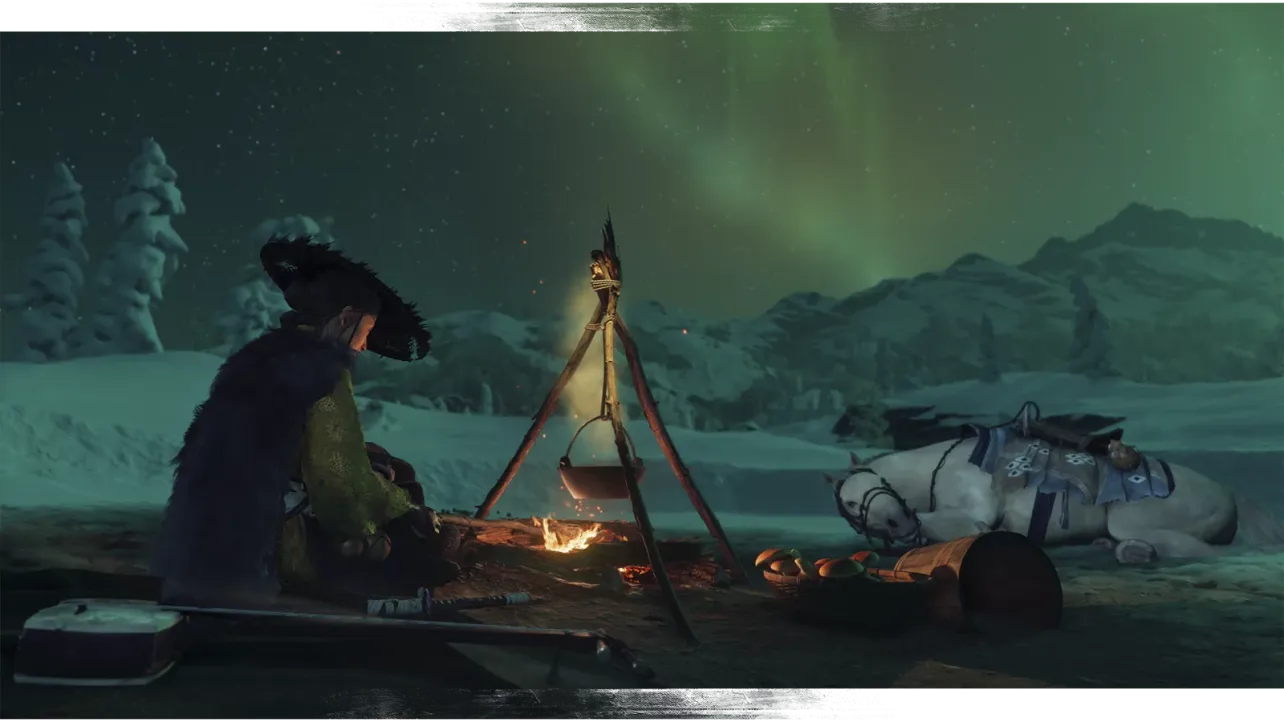Ghost of Yōtei is designed as a self-contained story. It takes place more than three centuries after Ghost of Tsushima with a new lead character, a new setting around Mount Yōtei in Ezo, and a clean narrative slate. You can jump in without playing Tsushima and follow every major plot beat just fine.
Ghost of Yōtei story connection to Ghost of Tsushima
The two games share a tone—wandering warriors, moral gray areas, the “ghost” path of unorthodox tactics—but not an ongoing plot. Tsushima is set in 1274 during the Mongol invasion; Yōtei is set in 1603 on the far end of Japan with a different cast. Any nods to Tsushima (think legends, rumors, or easter eggs) aren’t essential for understanding Yōtei’s main storyline.
Timeline, setting, and protagonist differences
| Aspect | Ghost of Tsushima | Ghost of Yōtei |
|---|---|---|
| Time period | 1274, Mongol invasion | 1603, early Edo-era |
| Location | Island of Tsushima | Ezo (around Mount Yōtei) |
| Protagonist | Jin Sakai, samurai-turned-Ghost | Atsu, a lone warrior on a revenge path |
| Story linkage | Standalone tale | Standalone tale; no direct plot dependency |
| Continuity | Grounded historical fiction with stealth and duels | Fresh cast and conflicts, similar genre DNA |

Reasons to play Tsushima anyway (optional but worthwhile)
- Stronger series context: Tsushima frames the “ghost” ethos—why characters abandon strict dueling rules for stealth, traps, and fear.
- Combat fluency: Stances, tools, duel timing, and stealth rhythms in Tsushima map well to how players approach Yōtei’s encounters.
- Worldbuilding and callbacks: You’ll recognize references and thematic echoes if they appear, even if none are required to follow Yōtei.
Tip: If you plan to play both, doing Tsushima first makes Yōtei’s systems feel familiar on day one.
Spoiler‑light Tsushima recap (context only)
Jin Sakai fights to defend Tsushima from invading Mongols. To save his people, he breaks with orthodox samurai codes and embraces fear, stealth, and ambush tactics—the path that earns him the mantle of “the Ghost.” His choices bring victory but also political and personal consequences that leave him operating outside traditional samurai structures.
You don’t need to play Ghost of Tsushima to enjoy Ghost of Yōtei. If you want a richer sense of the series’ ideas and a head start on its combat grammar, Tsushima remains an excellent optional prelude. If you’d rather begin fresh with Atsu in 1603, you won’t miss any essential story setup.

